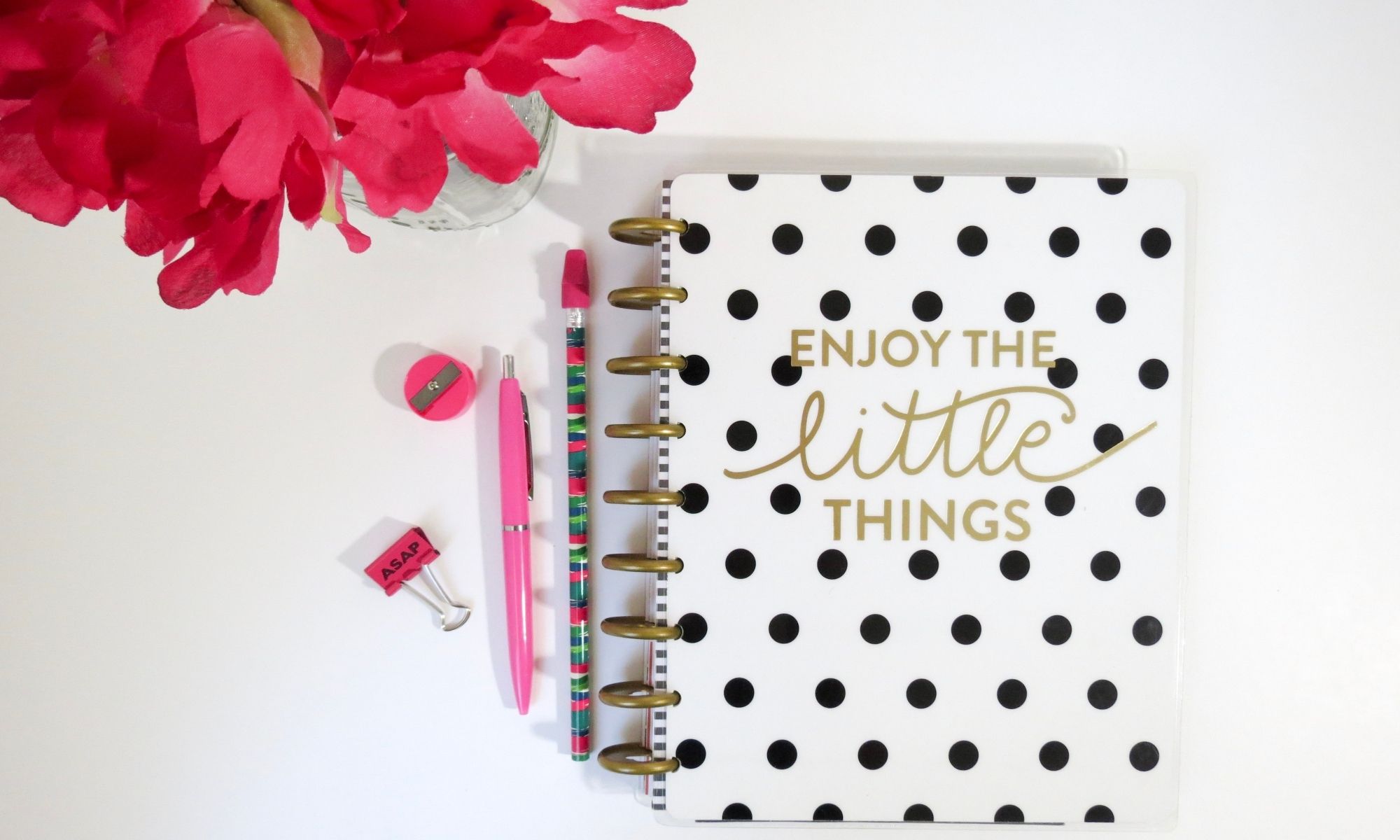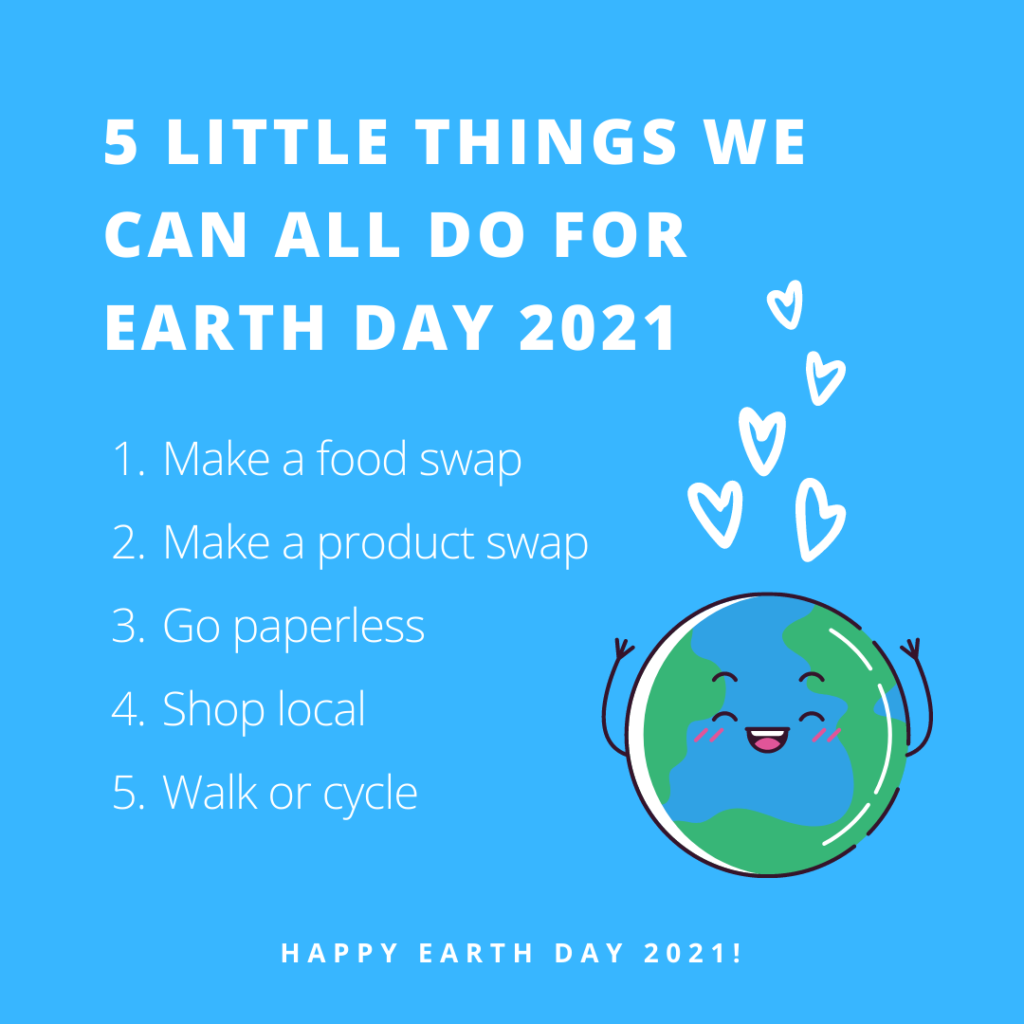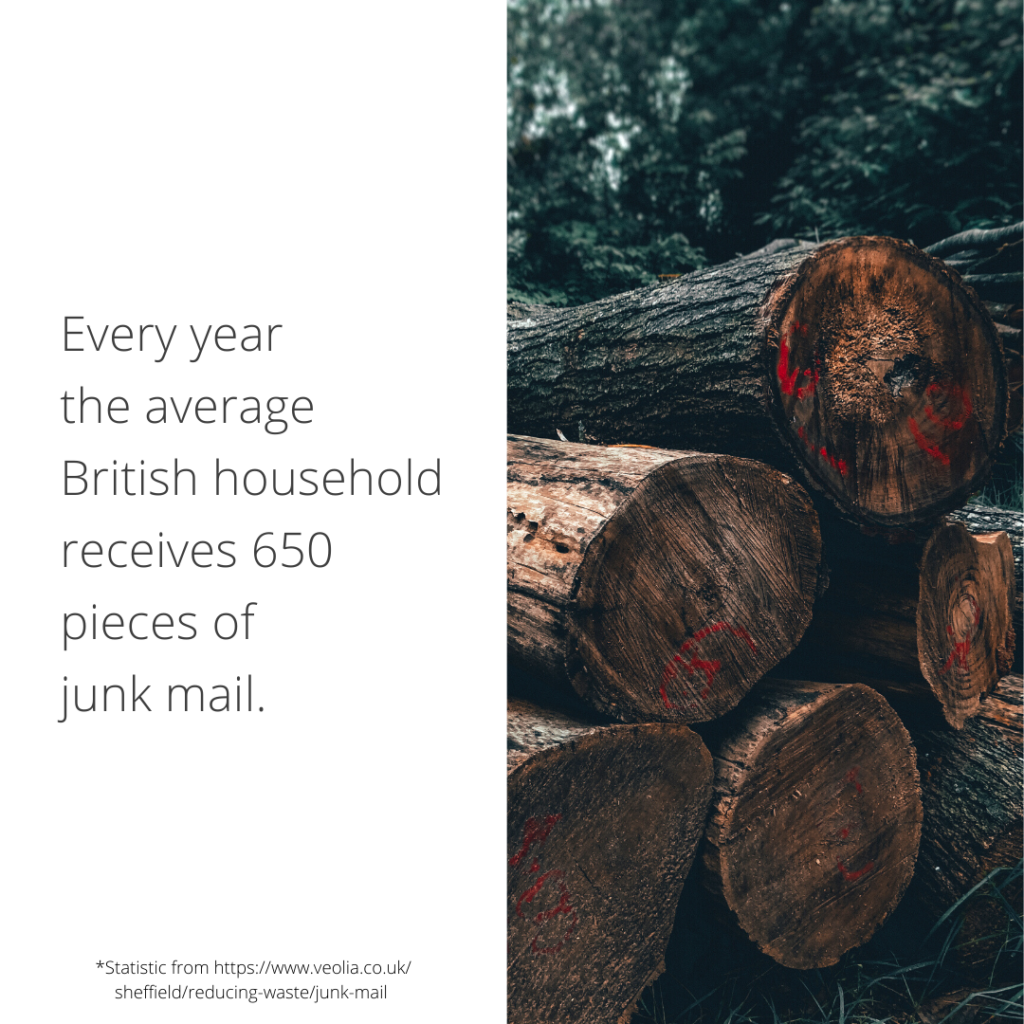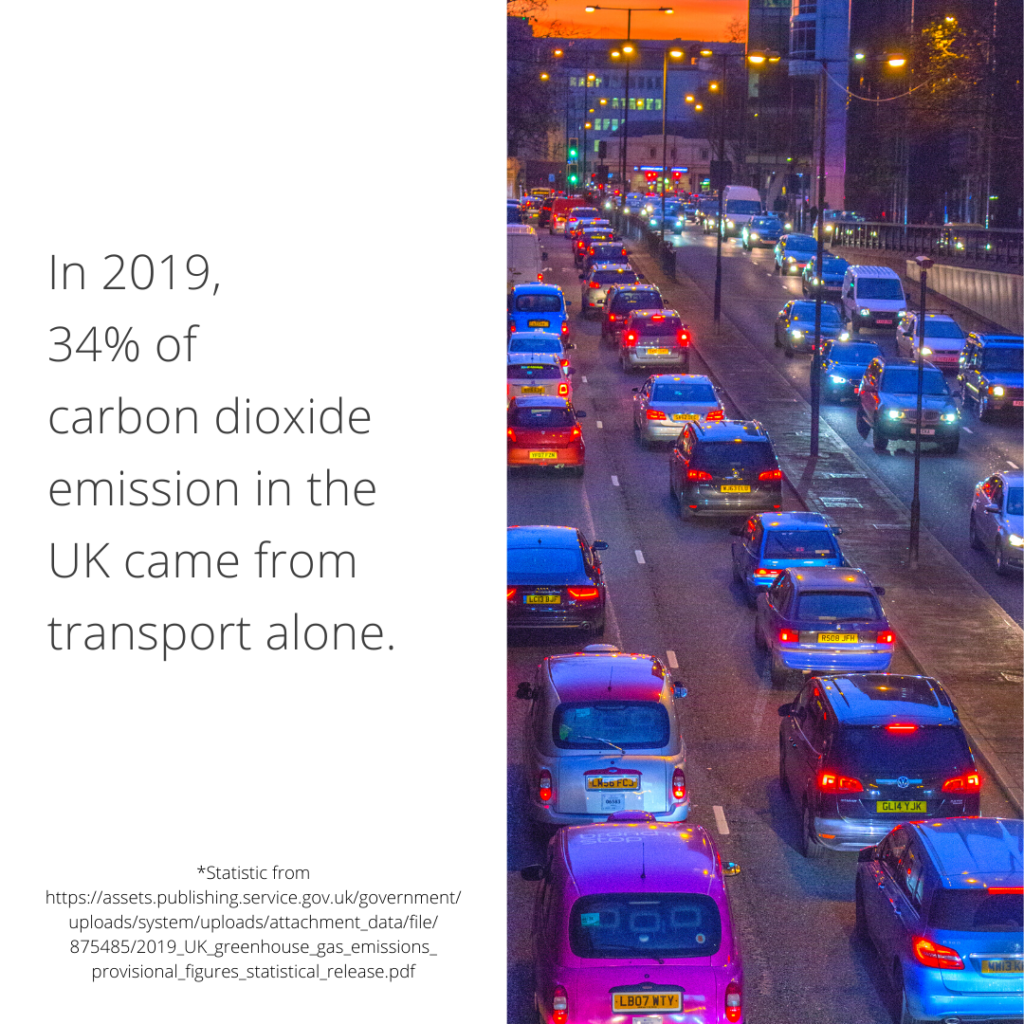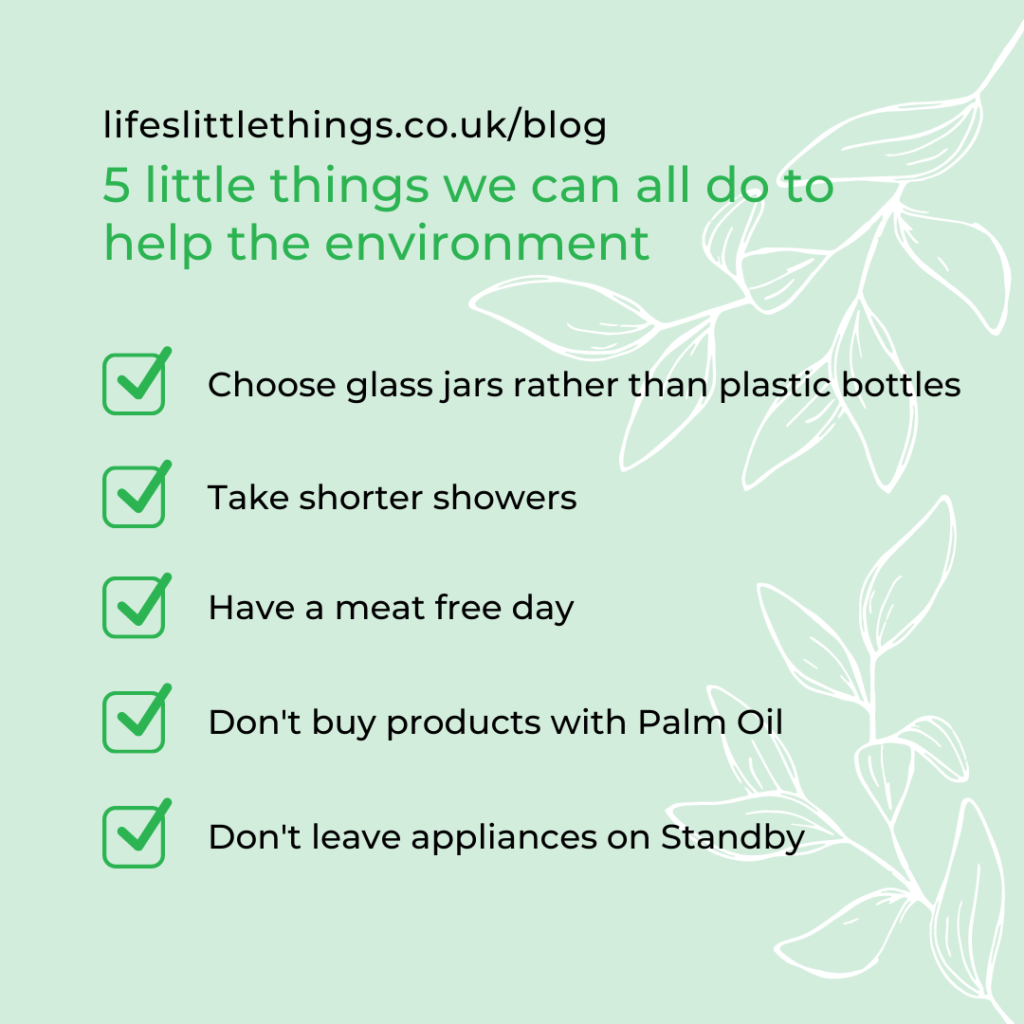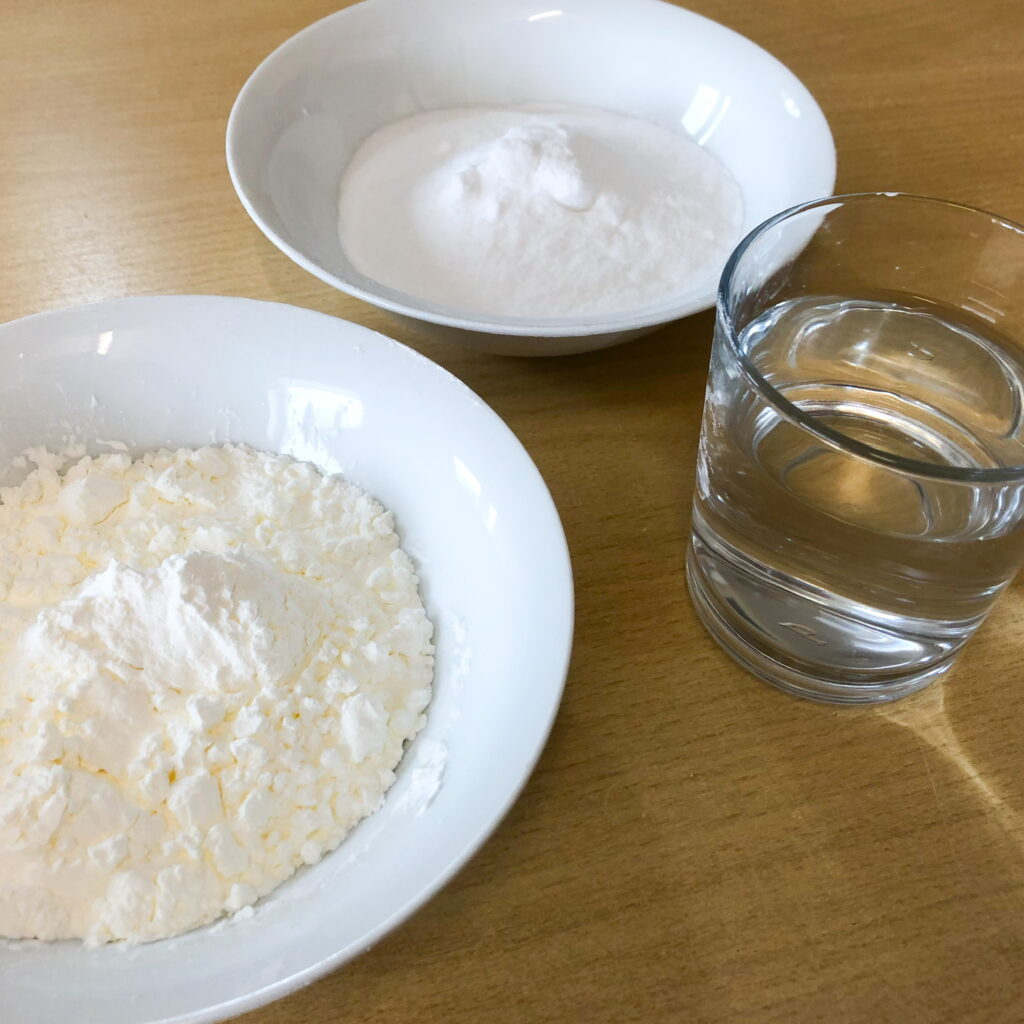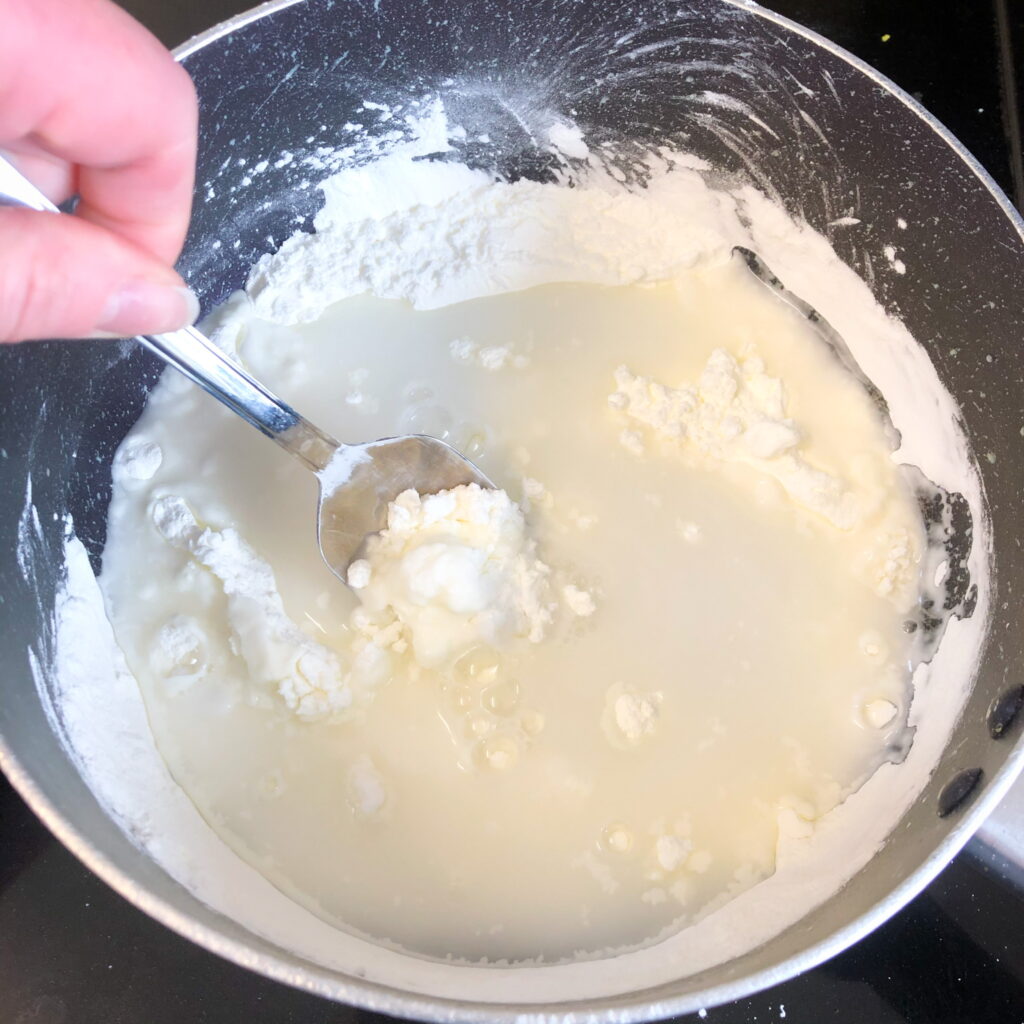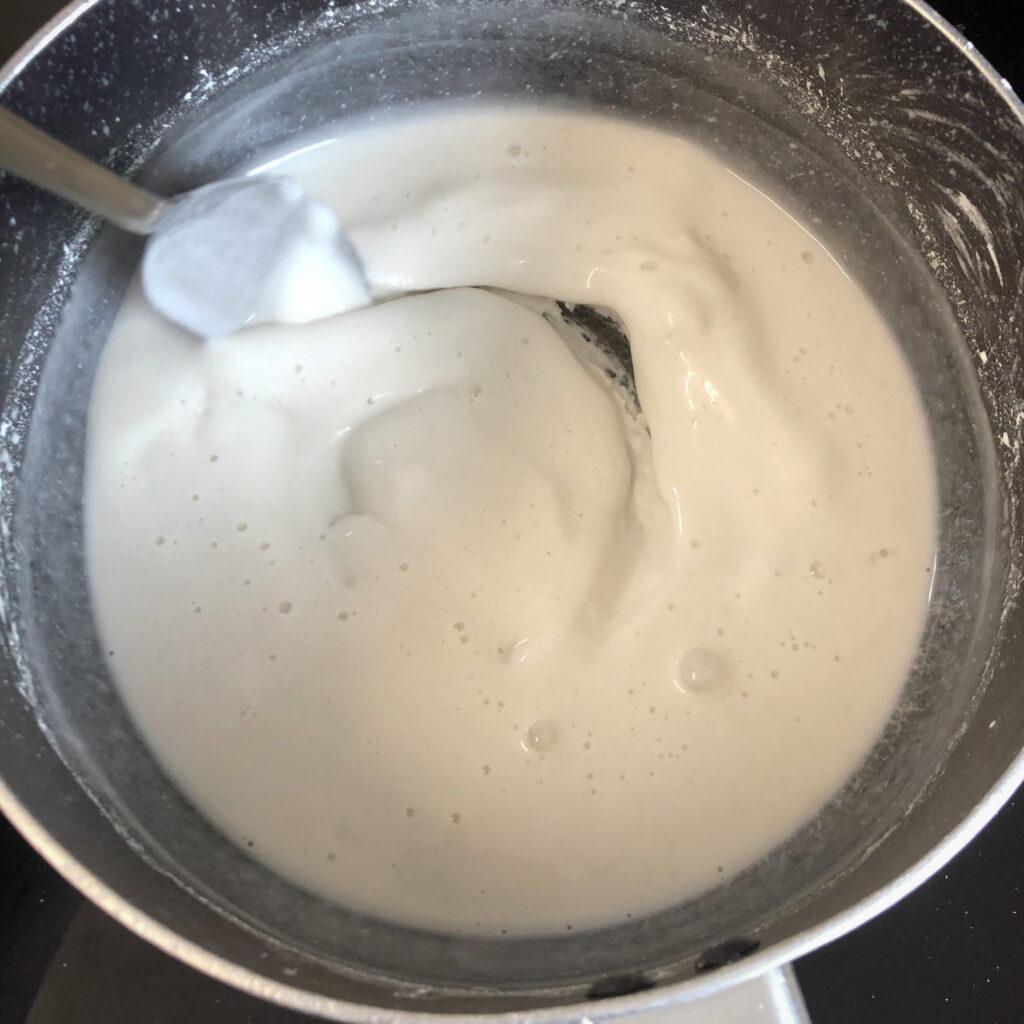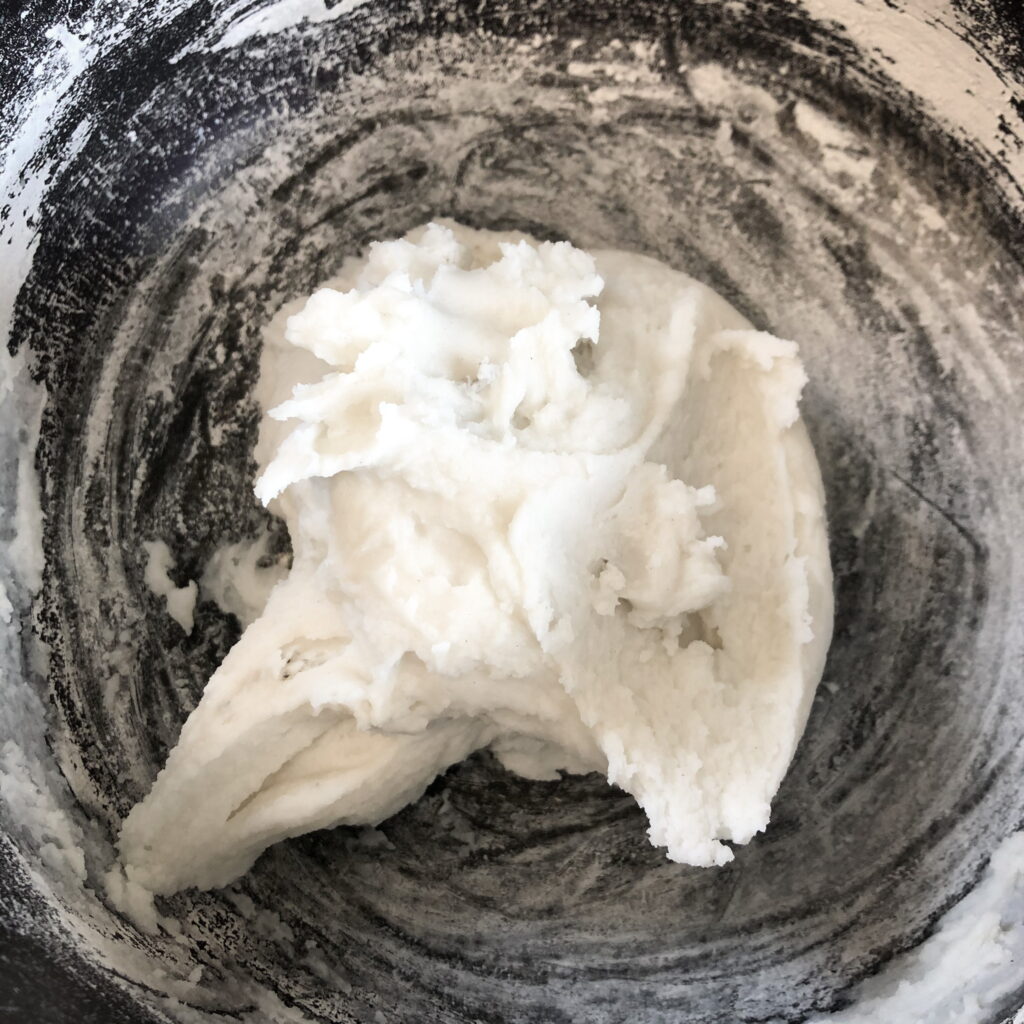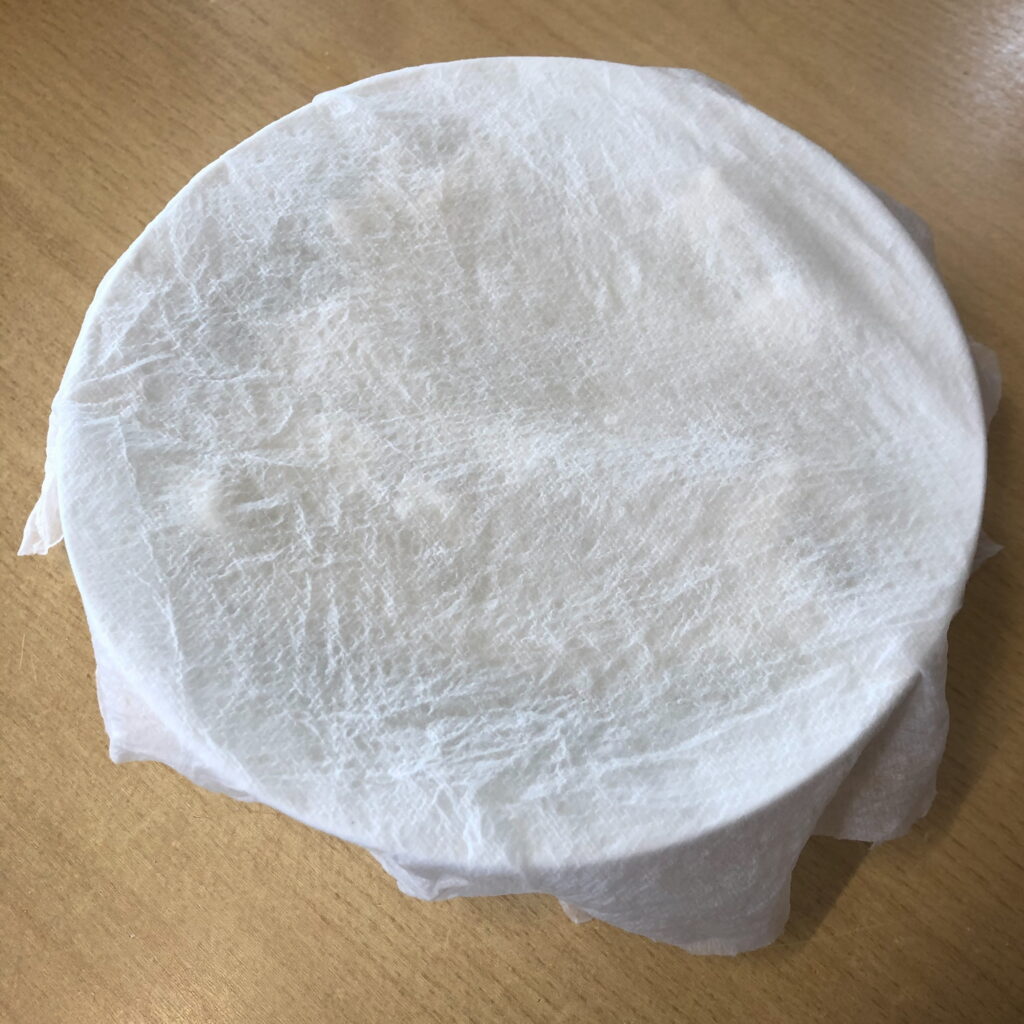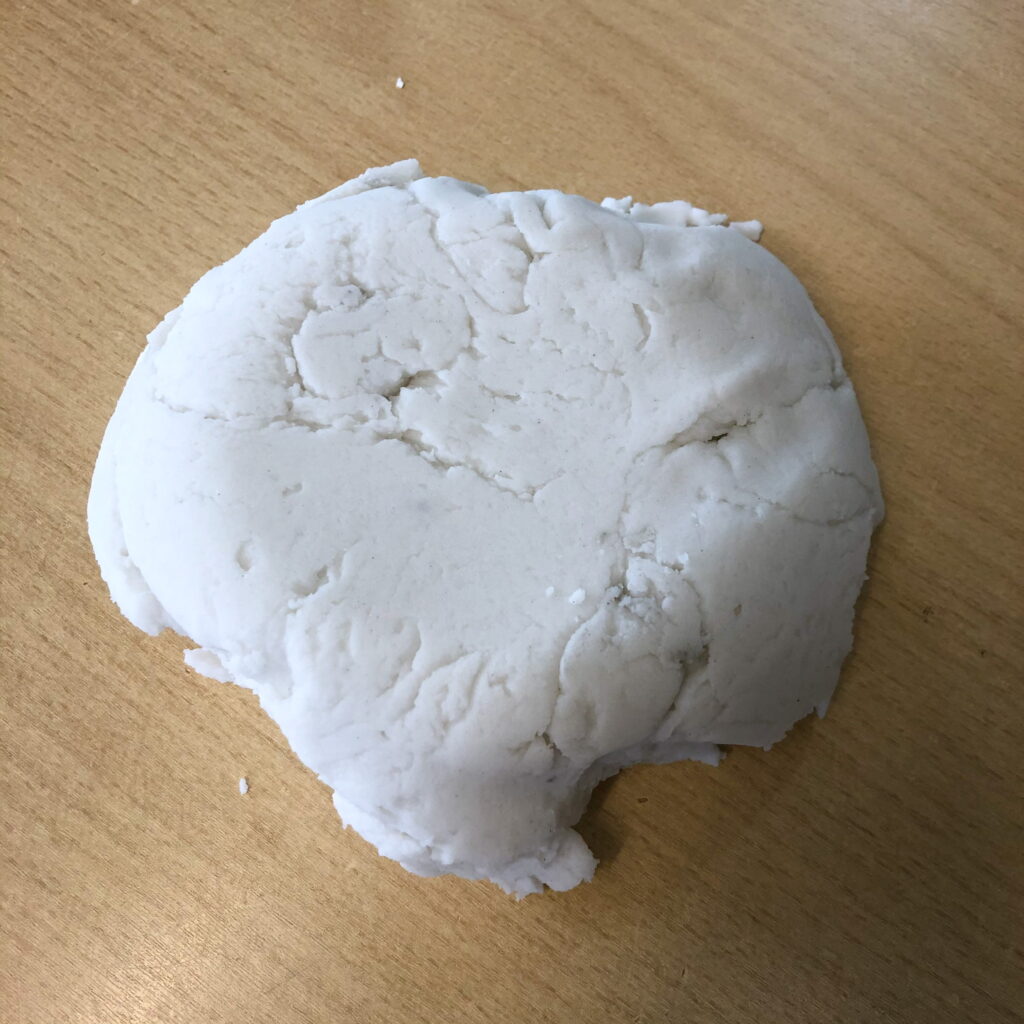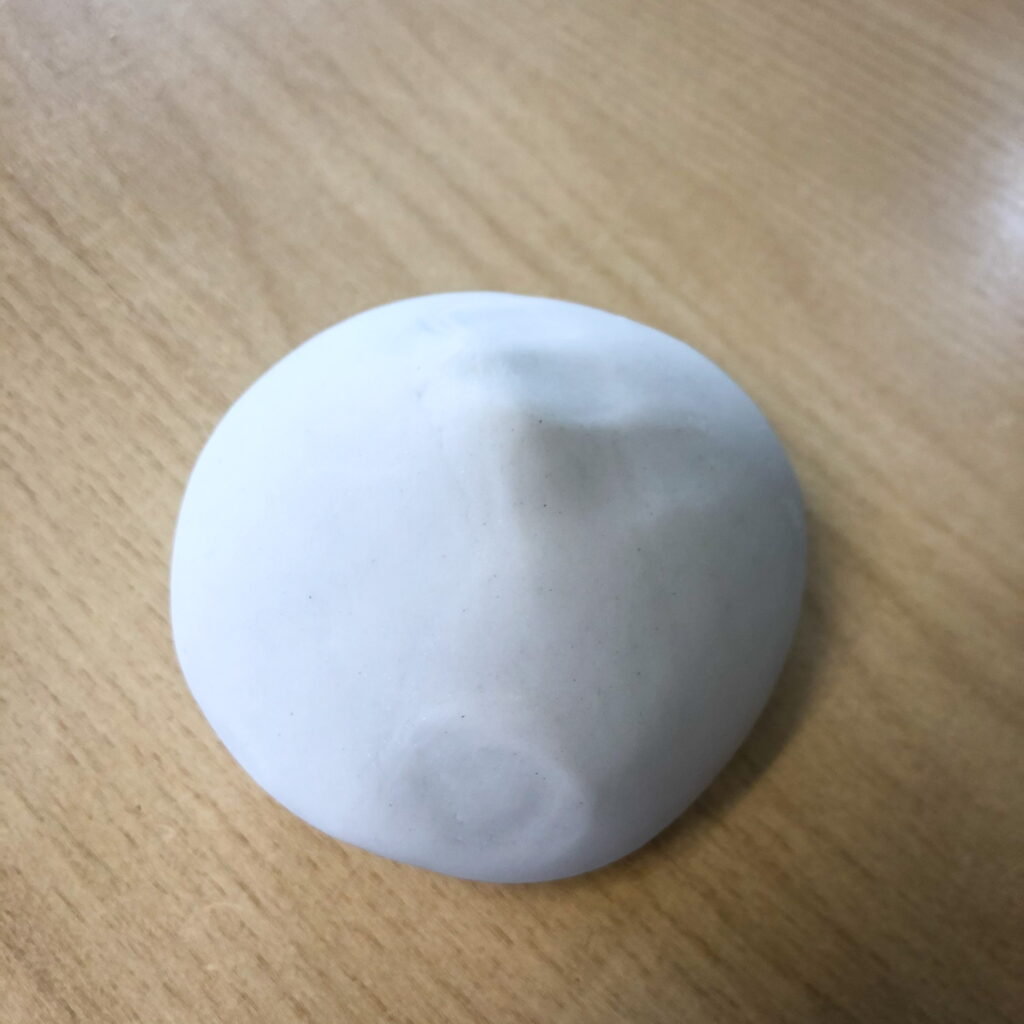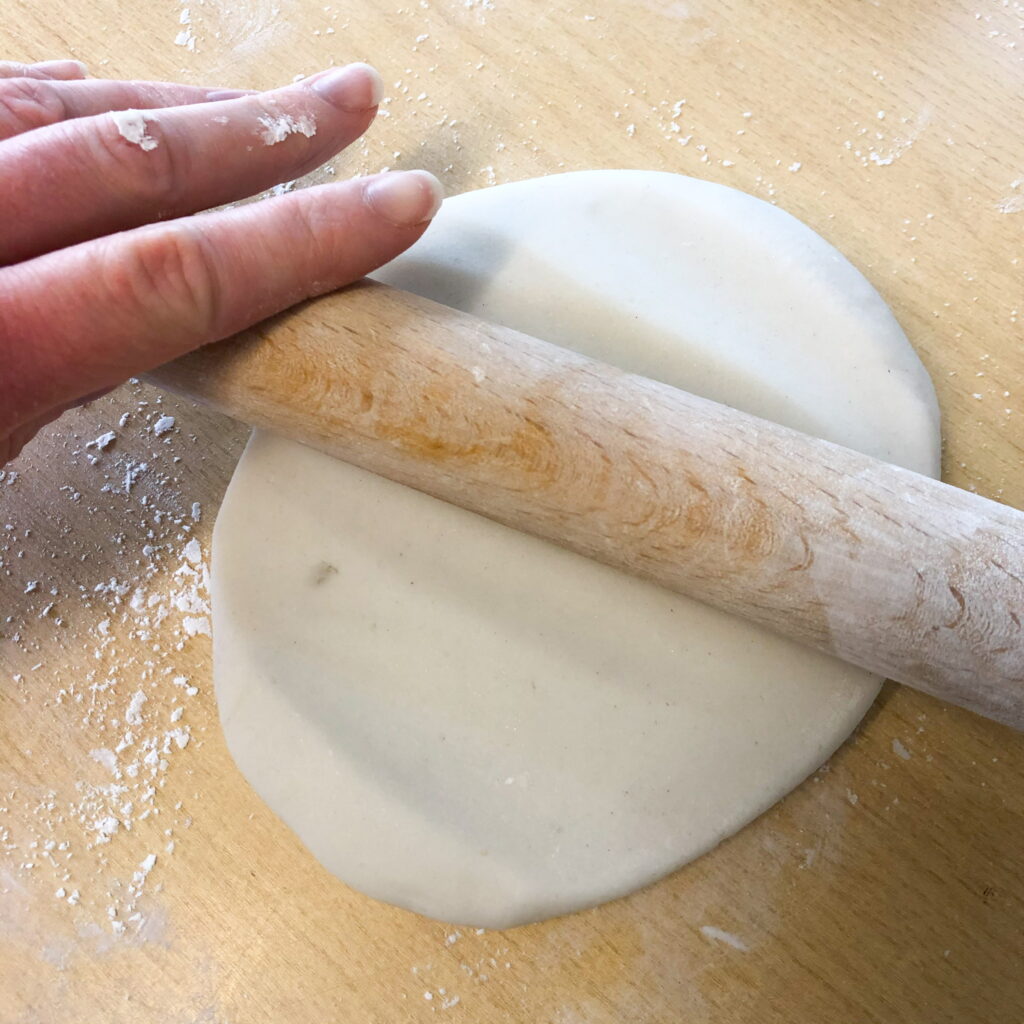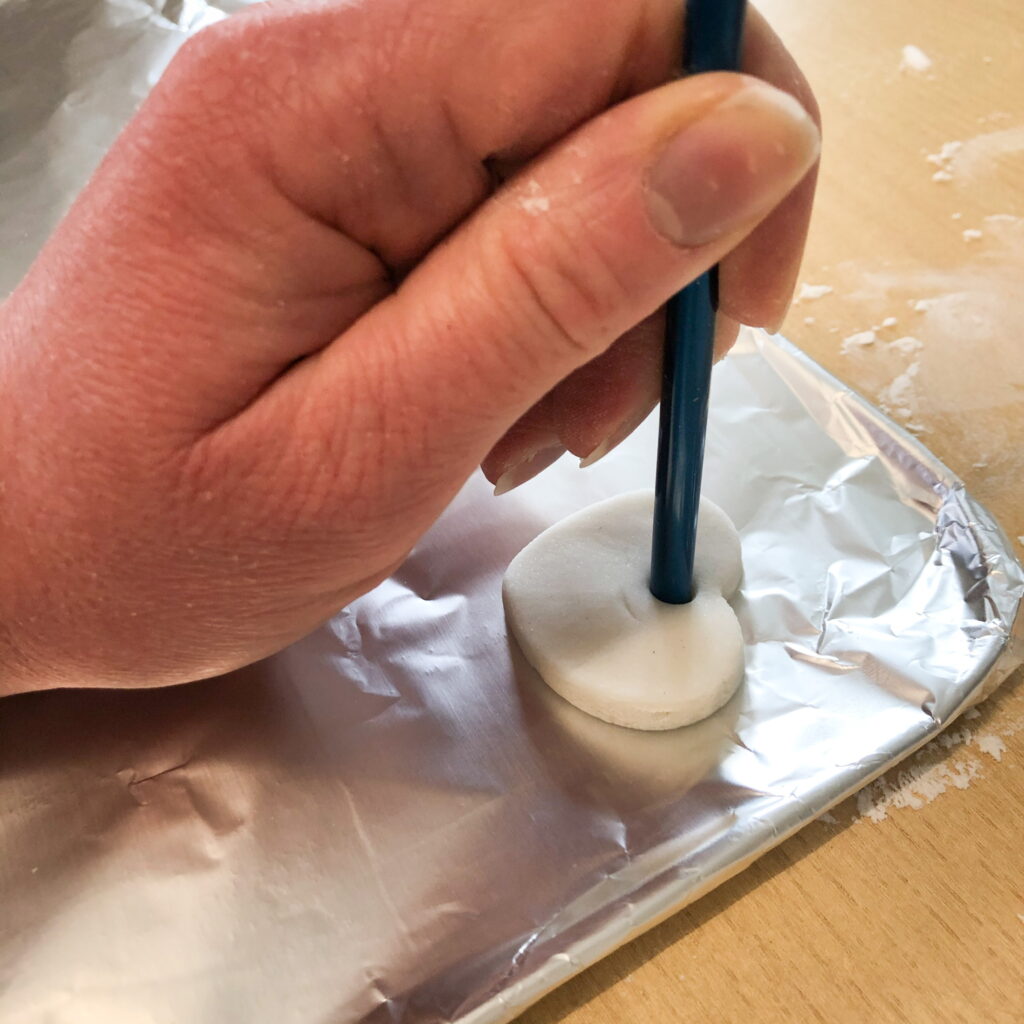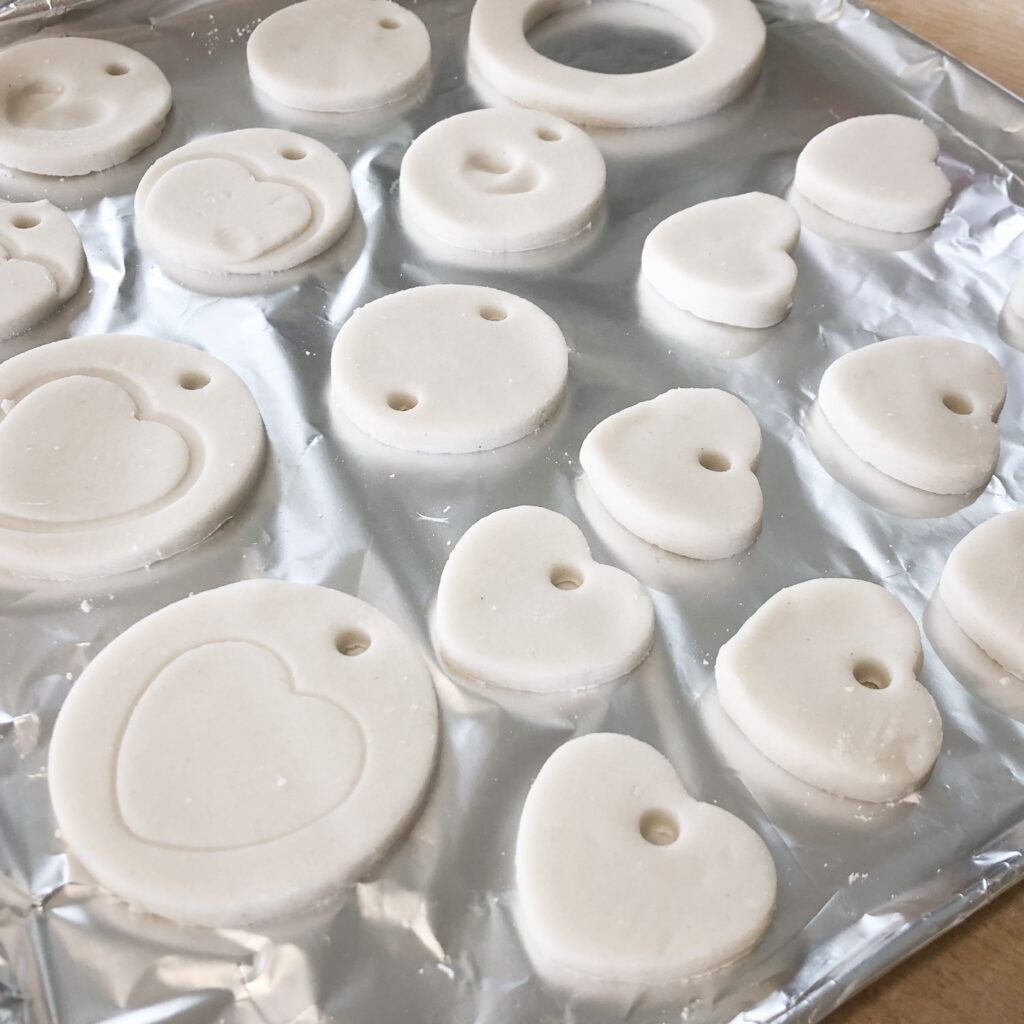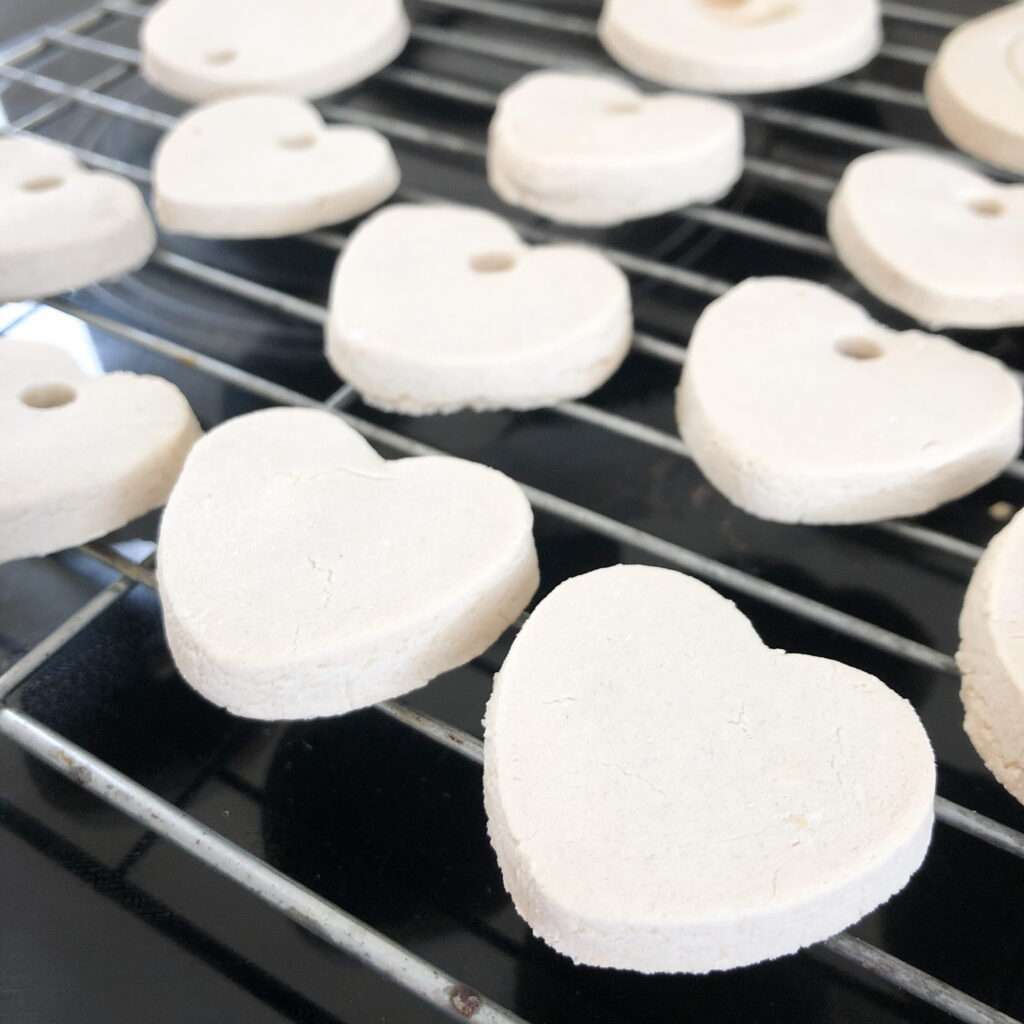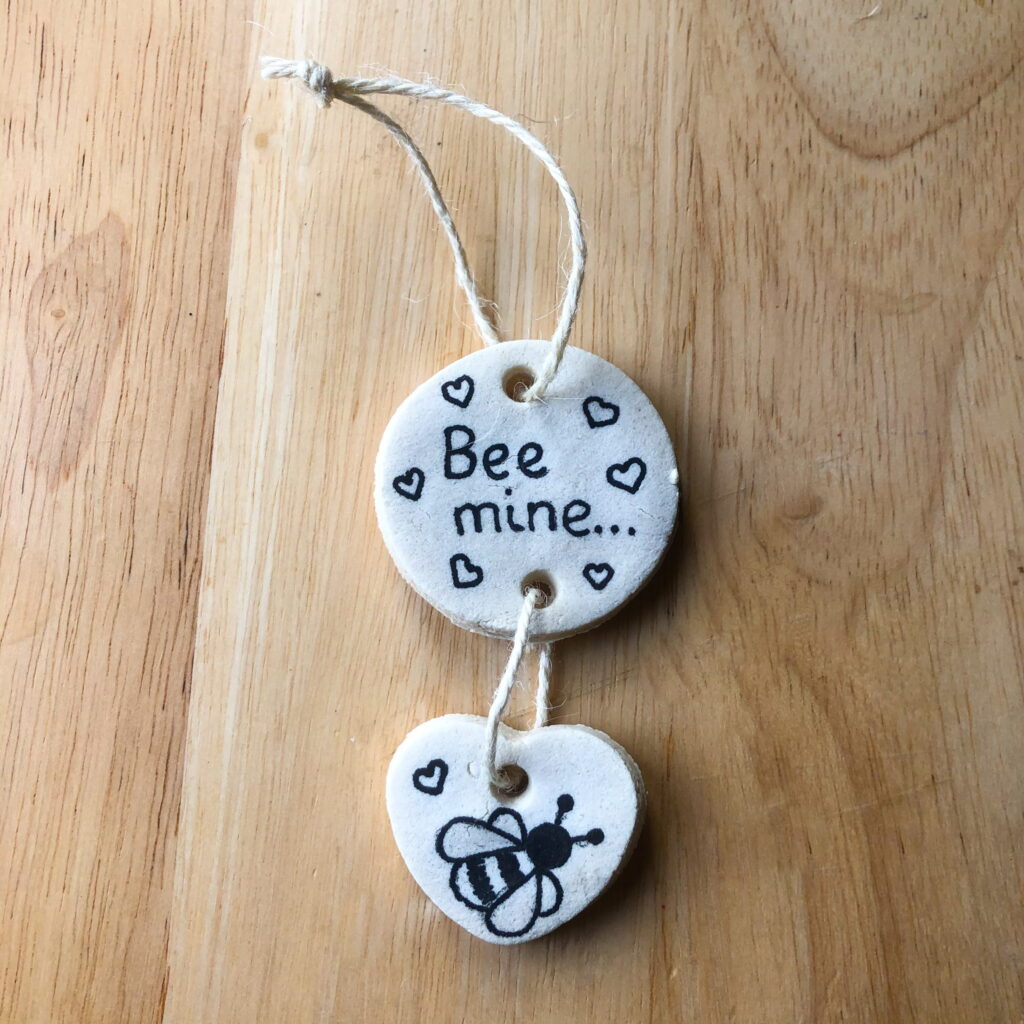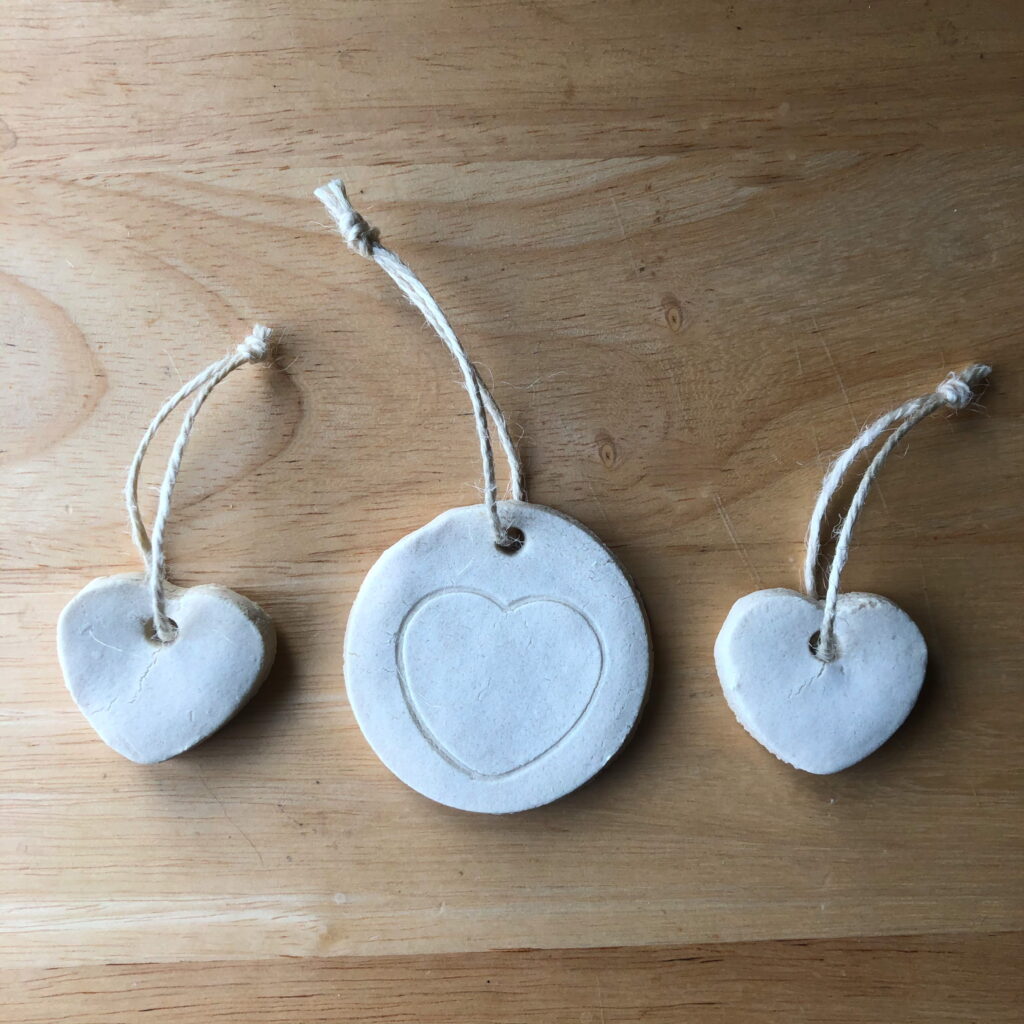There has been a lot in the news over the past few months about climate change and extreme weather that some parts of the world have been experiencing. There are many many things that contribute to climate change, but the one I want to talk about in this post is our planets palm oil problem. Palm oil is a vegetable oil, harvested from the fruit of trees grown in Africa, Southeast Asia and Latin America. It is added into many household items for a variety of reasons. But do you know the amount of damage palm oil production does to our planet?
Due to its high demand, rainforests are being destroyed at astonishing rates. This plays a large role in millions of tonnes of greenhouse gasses entering our atmosphere which contributes to climate change. Indigenous people are being pushed from their homes and there are reports of worker and child exploitation of labour. Animal habitats are being destroyed and species are being pushed to the brink of extinction. What can we do about it, I hear you ask? Well, Life’s Little Things brings you 5 little things to help with our planets palm oil problem.
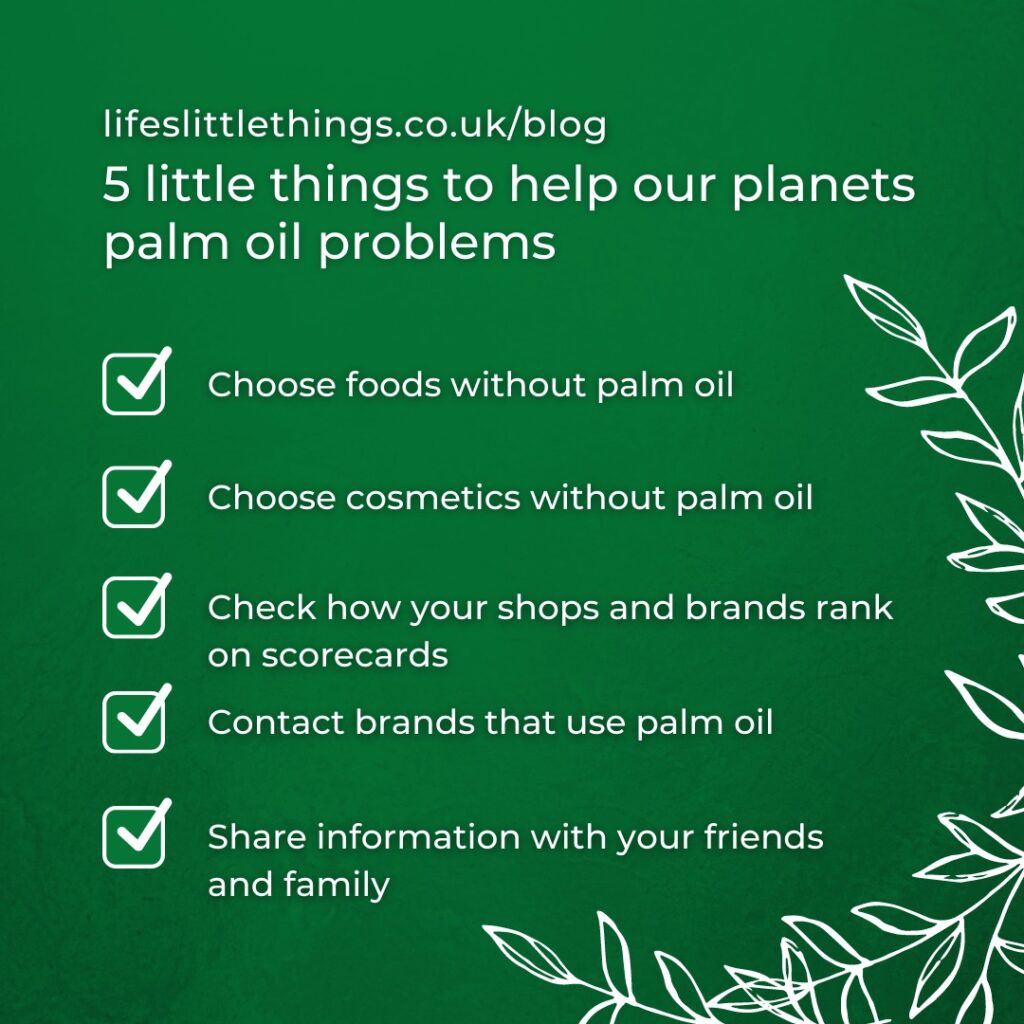
1. Choose foods without palm oil
It is estimated that 50% of packaged food in Supermarkets contains palm oil. Thats pretty shocking! It is in everything from spreads, to biscuits to pizza! It is used in things like margarine and peanut butter to give a spreadable consistency. Other foods use it to help with expiration dates. One of the quickest and easiest ways to help reduce the demand for palm oil, therefore reducing the amount of devastation to our planet, is to buy products that do not contain palm oil. More and more palm oil free products are appearing on our shelves and can be great alternatives. One shop that is going the extra mile is Iceland. They have removed palm oil from all their own brand products!
Some products claim to use sustainable palm oil. Now, depending on what website you go to, you will get different opinions on whether sustainable palm oil is good enough. Generally, the opinion of sustainable palm oil is that it is better than unsustainable palm oil. However, it doesn’t go far enough in protecting from deforestation, protecting animals and protecting livelihoods. The best way to make an impact on palm oil production is to avoid buying products with palm oil in.
2. Choose cosmetics without palm oil
It’s not just food that can use palm oil, but many cosmetics such as shampoo, lipstick and soap also have it in. It can be a little trickier when looking at what cosmetics contain it as it will not be listed as palm oil. Instead its chemical name, such as Sodium Laureth Sulphate or Palmitoyl Oxostearamide, will be listed. An excellent website to check out for lists of palm oil free products is ethical consumer.org. They have a huge list of palm oil free products including cosmetics, food and even cleaning products.
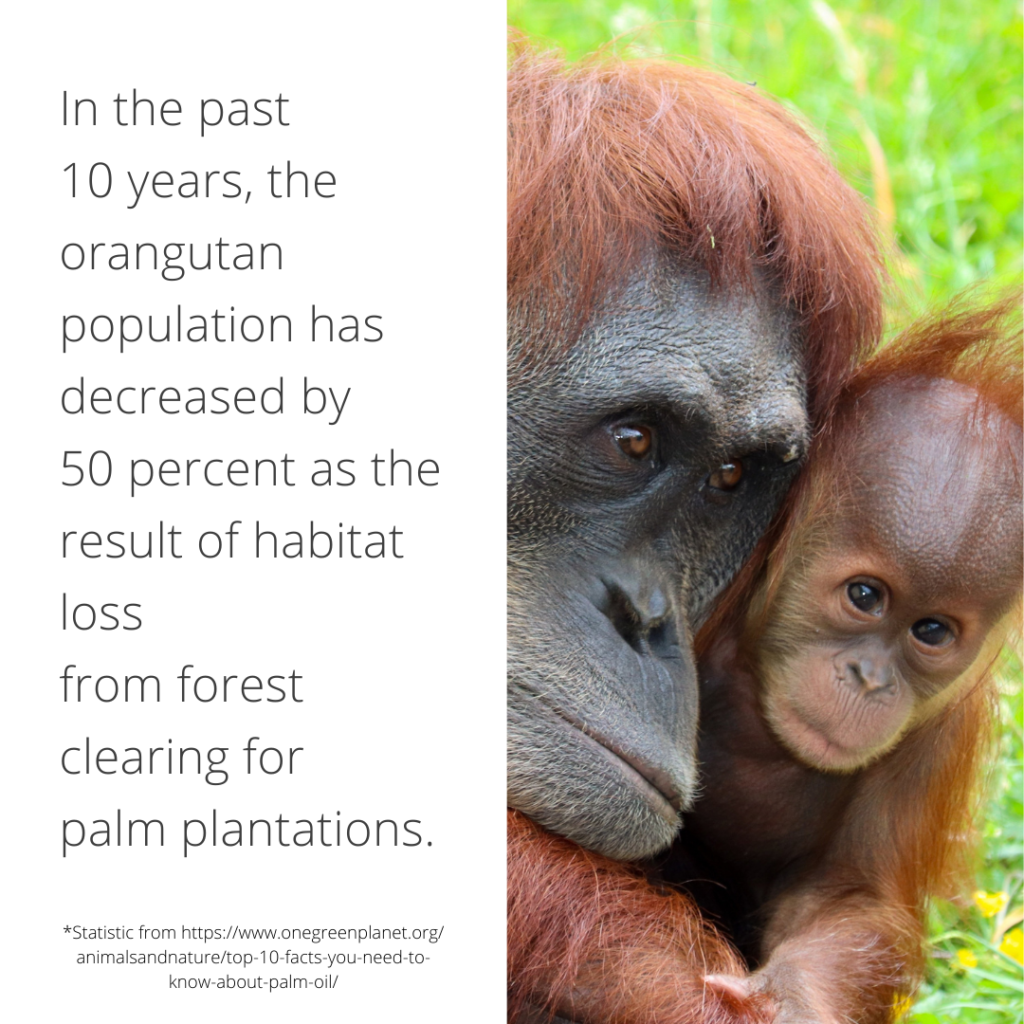
3. Check how your shops and brands rank on scorecards
There are a few different places online that you can check scoring systems for your favourite brands and shops to see how ethical they are and their stance on palm oil. The WWF website has a scorecard that rates manufacturers, retailers and food services out of 22. Here you can check out the latest list for 2020 in PDF format or check 2019 and earlier scores on their website.
4. Contact brands that use palm oil
Something you could do to take things even further is to contact a brand about their products. Tell them how you feel about the use of palm oil in their products. About the destruction and damage it is causing and how things need to change. The more brands hear that their customers are not happy that they use palm oil, the more they will realise that they need to change to help our planets palm oil problem.
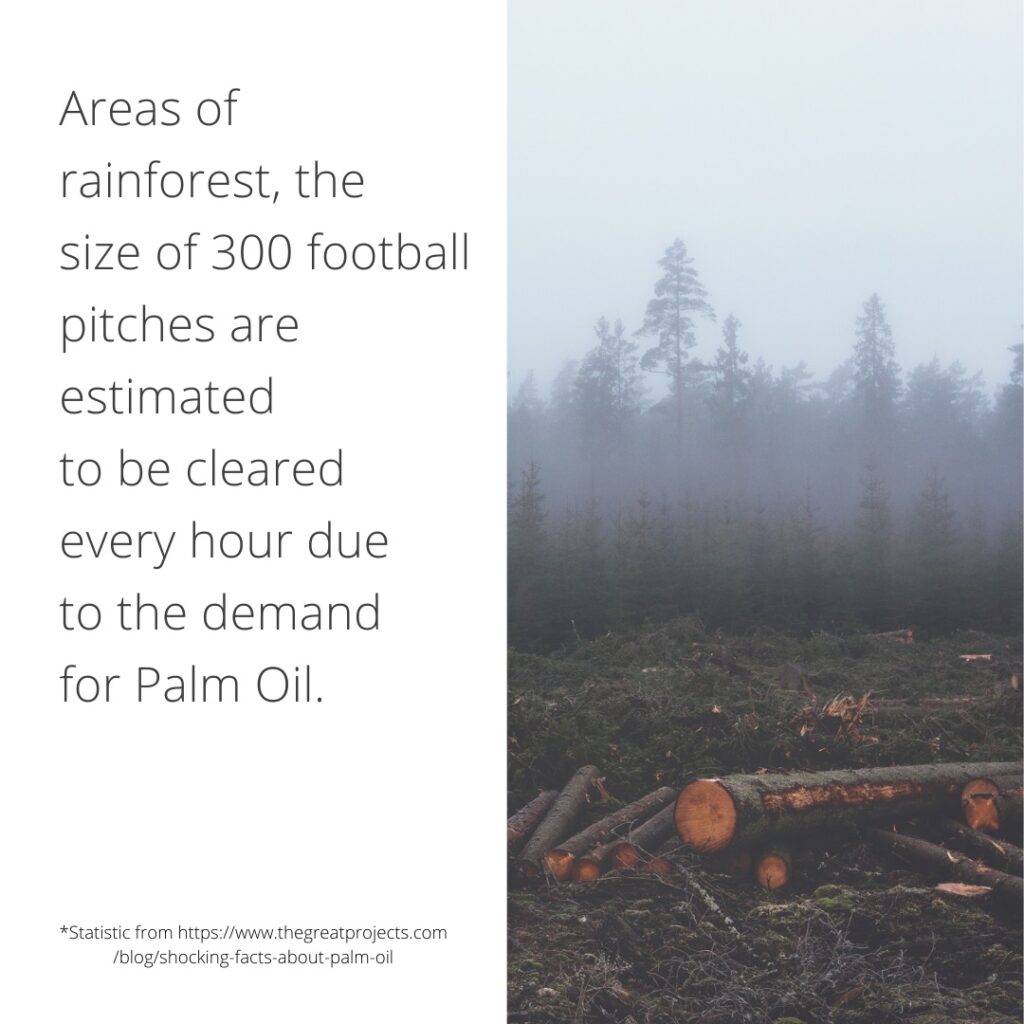
5. Share information with your friends and family
Just sharing information with your friends and family about why they should try to avoid products with palm oil or at least cut down on products with palm oil is a great help. You could tell them about any product swaps you have made and that you like. You could also share ideas on how you could use palm oil products less.
Over the coming weeks I will post some changes that we make at home to things we buy and swaps we make to palm oil free products, so keep an eye on my Instagram and Facebook pages! Feel free to share any tips or products that you have found to help our planets palm oil problem! If you would like some more information on little things you can do to help our planet, you can also check out some of my previous posts, 5 little things we can all do to help the environment and 5 little things we can all do for Earth Day 2021. If everyone made lots of little changes wherever they could, a big impact could be made that would greatly help our planet.
Take care,
Jem
X
